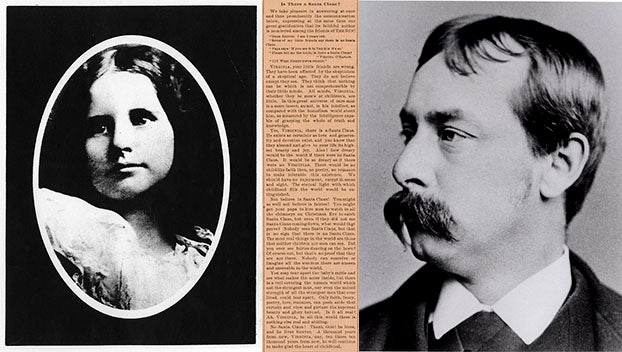Stayin’ Alive in Beaufort County, Aug. 3, 2014
Published 7:27 pm Saturday, August 2, 2014
Since 2010, the American Heart Association has been recommending the use of “Hands-Only CPR.” The process is exactly what it sounds like: CPR without mouth-to-mouth breaths.
It’s a departure from the CPR of old, alternating chest compressions with mouth-to-mouth breaths, and may seem counterintuitive to many. But exhaustive research has shown that only administering chest compressions to an adult or teen in the first few minutes after collapse gives them a better chance at survival.
The question is: how? According to the American Heart Association, when teens or adults suddenly collapse with cardiac arrest, the reason is because of “an abrupt onset of an abnormal heart rhythm.” While the heart may no longer be pumping blood, there is usually enough oxygen in that person’s blood to keep them alive for the first several minutes. Keeping that blood flowing is the most important thing a bystander can do for the cardiac arrest victim. Strong, uninterrupted chest compressions are required. Interruptions of any length, including interruption caused by mouth-to-mouth breaths, could stop the blood flow to the brain and heart muscle, which could undo any benefit that oxygen in the lungs might bring, according to the AHA website.
Another reason for the switch in recommended methods is the fear factor: many people have said panic regarding performing traditional CPR prevented them from acting when they witnessed a cardiac emergency — they didn’t know how to administer CPR or they were afraid of hurting the victim. As a result, 89 percent of people who have a cardiac arrest outside of the hospital die because they do not receive immediate CPR from someone at the scene. AHA officials hope to alleviate the fear of performing CPR by promoting this simpler form.
Hands-Only CPR might be simple, but it requires more strength and endurance than many people realize. It calls for a hard compression —pushing the center of the chest down 2 inches — at a fast rate of 100 beats per minute. In the excitement of the moment, it may be difficult to figure out how fast 100 beats per minute is, but the AHA has discovered a unique way to keep the beat by going back almost four decades in musical history, to a song that stayed at the top of the Billboard 100 charts for four weeks in 1977: The Bee Gees’ “Stayin’ Alive.”
If a person administering Hands-Only CPR can give strong chest compressions to the beat of “Stayin’ Alive,” it will double or triple the chance of survival of the person on the receiving end.
The moments between calling 911 and an ambulance arriving are crucial to those suffering cardiac arrest. Every resident of Beaufort County should be prepared to act. So take the time to learn about Hands-Only CPR and turn on some disco. It may just save a life.
Go to www.heart.org and follow the link to CPR & ECC, then the link to Hands-Only CPR. Note: Hands-Only CPR can also be administered to the beat of Queen’s “Another One Bites the Dust,” however, “Stayin’ Alive” is likely a more appropriate guide.




